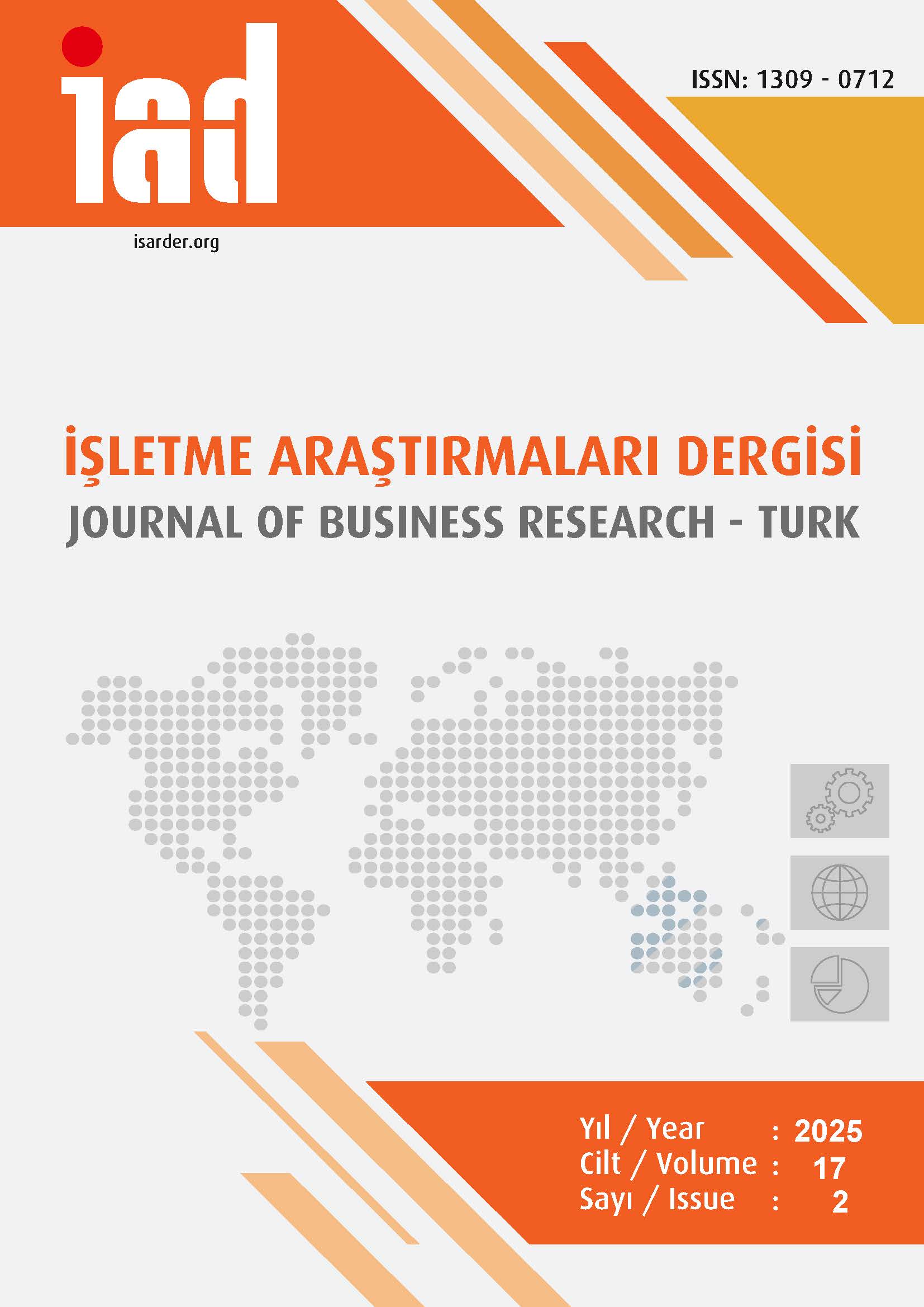Countries According to Henley & Passport Power Index Multi-Criteria Decision Making and Analysis with Clustering Model
DOI:
https://doi.org/10.20491/isarder.2025.2014Keywords:
HPPI, MCDMAbstract
Purpose – The Henley Passport Power Index (HPPI) ranks the world’s strongest and weakest passports and evaluates them based on their percentage share in global GDP. In this study, the results obtained through partitional clustering algorithms are compared with the HPPI rankings and interpreted accordingly. Design/methodology/approach –This study presents a hybrid approach combining Multi-Criteria Decision-Making (MCDM) methods with clustering algorithms such as K-means, PAM, and CLARA. Within the scope of HPPI data, three criteria are considered for 190 countries: Economic Mobility Score (visa-free access to global GDP), National GDP (percentage share in global GDP), and Visa-Free Travel (% of the world). The criteria weights were calculated using the CRITIC, ENTROPY, and MEREC methods, and final weights were obtained using the IDOCRIW method. Clustering analysis was then conducted based on these weights. The clustering results were evaluated using internal validation metrics, specifically the Silhouette and Dunn indices, which are frequently used to assess clustering quality. Findings – Final weights were determined using the IDOCRIW method. The importance ranking of the criteria was found to be: Economic Mobility Score, National GDP, and Visa-Free Travel. Clustering analysis was performed using K-means, PAM, and CLARA algorithms. The clustering results of PAM and CLARA were identical, and these methods demonstrated more consistent assignment of observations to clusters. As a result of PAM and CLARA clustering, 190 countries were grouped into three clusters, classified respectively as developed, developing, and underdeveloped. Countries in the developed cluster corresponded to the top 47 countries in the HPPI ranking. Developing countries were located in the middle of the index, while underdeveloped countries were positioned in the lowest ranks. Discussion – This study is among the first in the literature to integrate HPPI with MCDM-based clustering analysis. While the study contributes to the field, it has certain limitations that can be addressed in future research.
Downloads
Published
How to Cite
Issue
Section
License

This work is licensed under a Creative Commons Attribution-NoDerivatives 4.0 International License.





